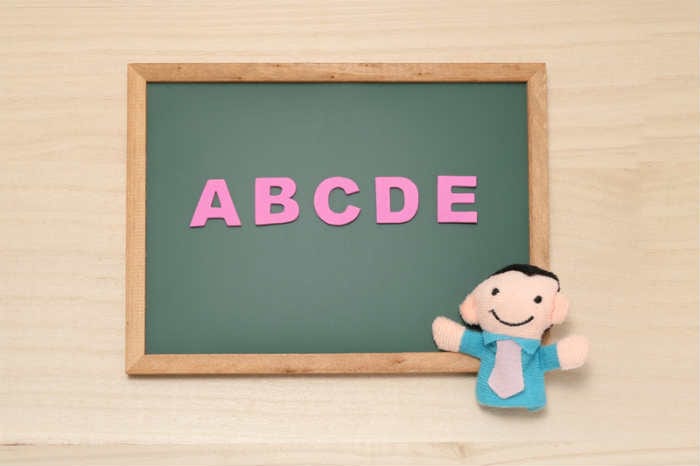











Music therapy is an integrative or complementary treatment that is used in the treatment of a variety of mental health conditions. This science-backed treatment can help reduce anxiety, improve mood, and enhance the overall quality of life of patients. Practitioners of music therapy are called music therapists, using specific evidence-based interventions to help clients meet treatment goals.

Research shows that it is effective for several issues from trauma to depression. This type of therapy works for people of all ages and cultural backgrounds. It has little to no adverse side effects and is cost-effective. Music therapy is often overlooked as a treatment. However, if you suffer from depression, anxiety, or stress, music therapy is a treatment to consider. Music therapy involves the use of clinical and evidence-based interventions to accomplish therapeutic goals. Credentialed music therapists who have had years of specific education and training use this treatment.
It should come as no surprise to learn that music can be a helpful therapy tool because it influences mood and emotion. When conducted by a trained professional, music therapy can sometimes help patients in ways that are difficult to achieve with talk therapy alone.
Music has been used by surgeons in the operating room since at least the early 1900s. According to the BMJ Journal, early surgeons advocated the use of the “phonograph in the operating room,” as music helped calm and distract patients from the procedure at hand.
During both World War I & II, professional musicians would visit hospitalized veterans and play music for them. Doctors soon noted the powerful effect that music had on healing. As a result, hospitals began to hire musicians to play for patients. This created a need for trained music therapists. In 1944, Michigan State University was the first college to formally add Music Therapy to its curriculum. Other universities soon followed suit.
In the early 1950s, the National Association for Music Therapy (NAMT) was formed. This was the first professional organization for music therapists. In 1998, NAMT merged with the American Association for Music Therapy. The organization is now known as the American Music Therapy Association (AMTA). Today, approximately 5,000 music therapists are practicing in the United States.
While listening to music might seem like a way to stay entertained, countless research studies have demonstrated that it is so much more than that. There is plenty of scientific evidence to back up the idea that music can soothe, heal, and stimulate the mind in a variety of ways. You’ve probably noticed that slow, mellow music makes you feel calm. That is because relaxing music has been shown to lower the stress hormone cortisol.
The song “Weightless” by Marconi Union was created specifically to lower anxiety in collaboration with sound therapists. They arranged the rhythms, harmonies, and bass lines to help reduce blood pressure and slow heart rate. Neuroscientist Dr. David Lewis-Hodgson of Mindlab International conducted a research study to determine the effect that listening to this song has on physiological factors related to anxiety, including blood pressure, heart rate, and breathing rate. Participants who listened to “Weightless” had lower rates of all three. What’s more, is that these participants had a 65 percent reduction in anxiety after listening to this song. Another study, published in the BMJ Journal, found music therapy seemed to work as well as medication for pre-op anxiety. Listening to music has no side effects, which makes music therapy ideal for this purpose.
So, why does music make us feel happy or calm? Research has found that music triggers the release of the feel-good chemical dopamine in the brain. Dopamine is a neurotransmitter in the brain that is related to pleasure. It is released when we engage in pleasurable activities like sex. A study, published in the journal Nature, found that dopamine levels peak when we listen to music. So, when listening to music, your brain is flooded with dopamine, a neurotransmitter that makes you feel good.
Music therapy is used in the treatment of different types of mental health issues, including:
Music therapy can benefit children and adults of all ages. Anyone can use music therapy even if they don’t consider themselves musically talented. You don’t need any special musical ability or training to benefit from this type of treatment. Music therapy isn’t focused on technical skills. It’s focused on helping a person use music to heal. It has been studied in a variety of populations, including:
These are just some of the types of people who can benefit from music therapy interventions. The truth is that this type of therapy is helpful for a variety of people and different issues.
In therapy, music is used as a tool for reflection, expression, and communication. Music therapy may be done one-on-one or in group sessions. These sessions may last anywhere from 30 minutes to an hour or more depending on how they are structured. Just like with other types of therapy, the frequency of your sessions will depend on your needs and treatment goals.
Music therapists may use different interventions depending on their specific training and education. Some of the most common techniques used include:
It’s important to note that music therapy does have limitations. This type of therapy is often used as an adjunct therapy, which means that it is combined with other treatments and medications. So, for instance, someone who has dementia might receive music therapy along with other therapies. The same goes for someone with depression. Music therapy is beneficial, but, it is often combined with medications and psychotherapy.
The reason for this is because many of these disorders are quite complicated and require a multifaceted approach. For instance, someone with an autism spectrum disorder might benefit from music therapy to help increase socialization. However, they might also require medications to address other symptoms of the disorder.
Recently, sound healing therapy, also called sound therapy, has generated quite a buzz on the internet. It has been quite popular in places like London, Los Angeles, Denver, and Chicago. This practice involves listening to percussive instruments like gongs, tuning forks, and Tibetan singing bowls. It is said that sound therapy can help with things like PTSD and anxiety.
So, what is the difference between this type of therapy and music therapy? It turns out that there are some very important differences between the two. For one thing, music therapy has been extensively studied since the 1940s. Hundreds, if not thousands, of peer-reviewed studies, have shown the benefits of music therapy. There have been some scientific studies on sound healing. These studies suggest that it might be helpful to reduce anxiety, tension, and depression. However, this type of therapy has not been studied as extensively as music therapy. Additionally, practitioners of music therapy have advanced education and training. Sound healing therapy is not regulated in the same way.
Music therapists work in multiple settings, including private practice, hospitals, clinics, and more. Music therapists should be board-certified by the Certification Board for Music Therapists and have the credential MT-BC.
Music therapists have a minimum of a master’s degree, along with clinical training that includes a supervised internship. Aside from having the proper credentials, make sure you choose a music therapist with whom you have a good connection. Being able to open up to and trust your therapist will help you have a better experience and better outcomes.
Sources: